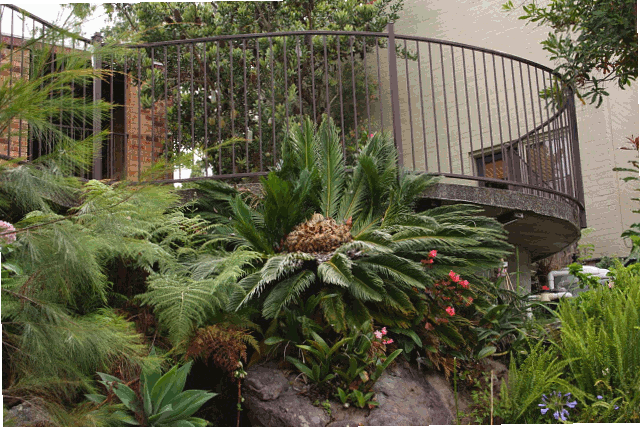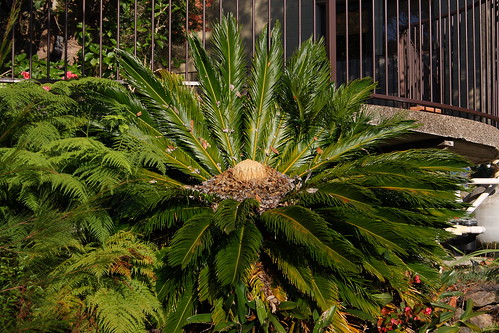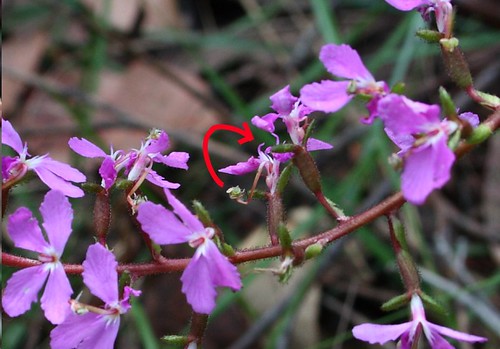Dendrobium linguiforme
“A remarkably hardy little rock-orchid, common on exposed sandstone cliffs and also in moist mossy gullies” – NPOS p.262
Tom has not been sleeping well the last few weeks, late to bed and early to rise. We went down to the river together for an early walk which gave me the chance to finally take a picture of this tongue orchid. They are meant to be a common plant but I can’t recall seeing another one in the area. This particular one is growing on a sandstone boulder in a gully near a small creek. It really must be a hardy plant to be able to survive clinging to bare rock.
In dry times the furrows in the thick leaves deepen and they turn a purple colour. When the rain comes the leaves puff up and turn green. We’ve had a lot of rain in the last month hence the green colour of the leaves in the photo.


Resources and references







